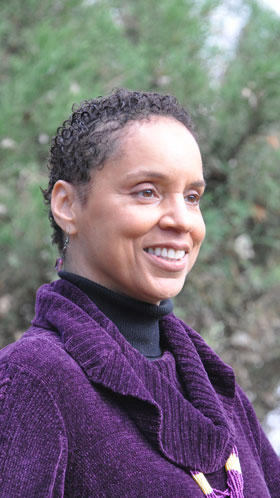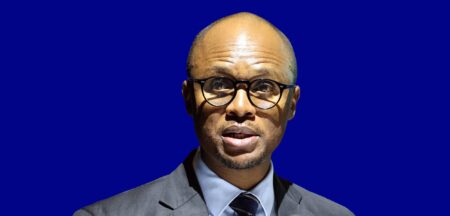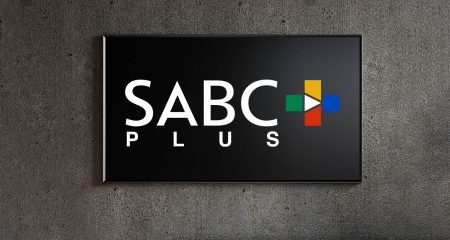
The SA Communications Forum (SACF), an industry grouping that includes the SABC and the country’s biggest telecommunications operators, plans to lobby the department of communications to include a “return path” in the subsidised set-top boxes that the country’s poorer consumers will purchase when the country moves from analogue to digital terrestrial television broadcasting.
In an interview with TechCentral ahead of a planned press conference to be held in Midrand this Friday, SACF CEO Loren Braithwaite-Kabosha says it’s crucial that the set-top boxes include a return path, allowing consumers to browse the Web and access e-mail and other services, in order to bridge the country’s yawning digital divide between those who have access to the Internet and those who don’t.
TechCentral understands that the department of communications is leaning against the idea of including a return-path requirement in a tender document that it plans to issue within the next two weeks. The “request for proposal”, or RFP, will be sent to manufacturers that are interested in building the millions of set-top boxes that government intends to subsidise.
On Friday, Braithwaite-Kabosha will tell journalists that, given the country’s low Internet penetration rates, it’s crucial that return-path functionality is built into the subsidised set-top boxes. She says adding this to the tender specifications will add US$5, or about R40, to the cost of each device. The full retail cost of unsubsidised decoders is expected to be about R700.
When the SA Bureau of Standards (SABS) published the final standard for the country’s digital set-top boxes in April, it excluded the requirement for manufacturers to include a return path in the basic specification. However, this doesn’t preclude them from building decoders that support a return path if they choose to do so.
“We recognise that making changes now to the SABS standard would result in a further time delay,” Braithwaite-Kabosha says, adding that the SACF has no intention of lobbying the standards body for further changes. However, even though the standard does not include a return path, she says there’s no reason for government not to require one in its RFP.
“One of the most effective ways of bridging the digital divide is by including a return path,” she says. “The set-top box would simply include a Sim-card tray or ADSL port. Consumers would then be able to set up an e-mail address, surf the Web and access government information.”
She says giving poorer households access to the Internet in this way would be like giving them a “passport to a foreign country”.
The SACF intends to use Friday’s press conference to showcase the return-path technology working in practice and Braithwaite-Kabosha says it integrates with all television sets, including older cathode-ray tube models.
She says the SACF is not proposing that mobile data prices also be subsidised to poorer households, but that by including a return path it would provide a new market of millions of people that the mobile operators could target. This increased demand, she believes, would allow the companies to reduce their prices to make them more affordable for all South Africans.
She insists, too, that including a return-path requirement in the department of communications’ RFP would not result in any additional delays in the process. She also says it would give the public broadcaster, the SABC, a stronger competitive footing against companies like MultiChoice, which operates the pay-TV DStv service, from eroding its market share. It would allow the SABC to offer its viewers additional value, helping it to retain more of its customers.
SACF members include the SABC, MTN, Cell C, Vodacom, Dimension Data, Ericsson, Sentech, the Post Office, Broadband Infraco and Telkom. — (c) 2012 NewsCentral Media




